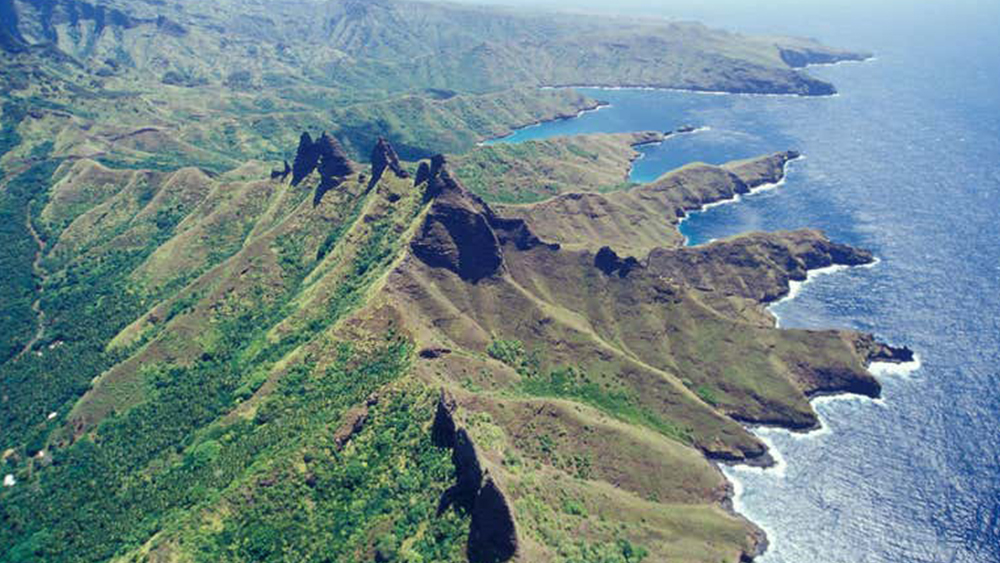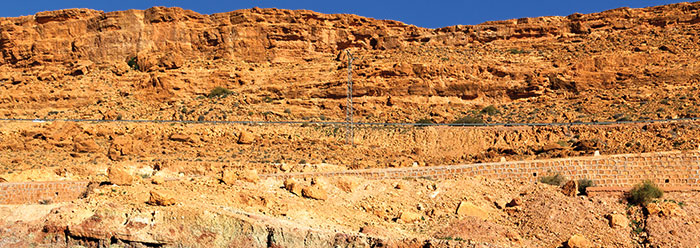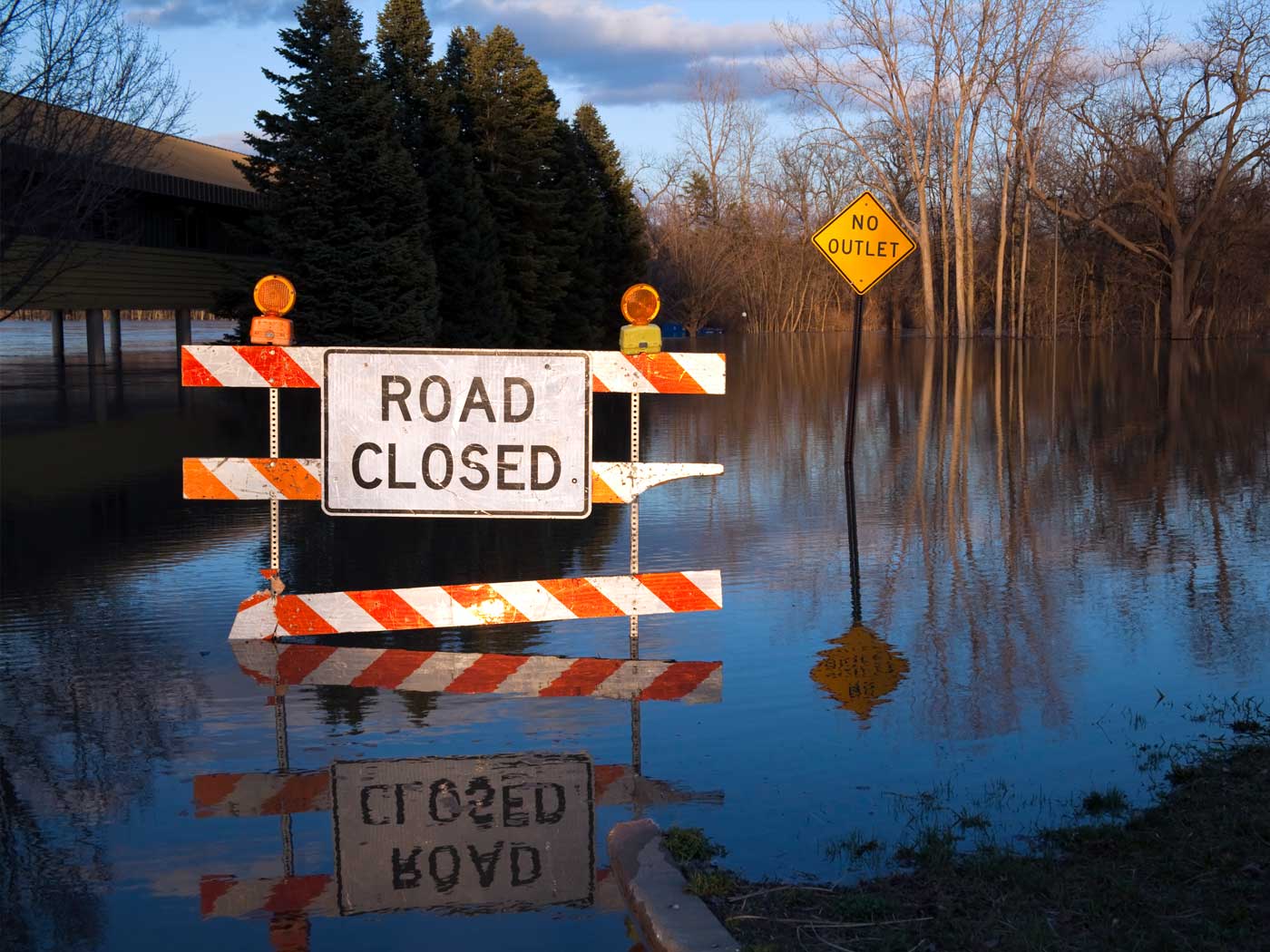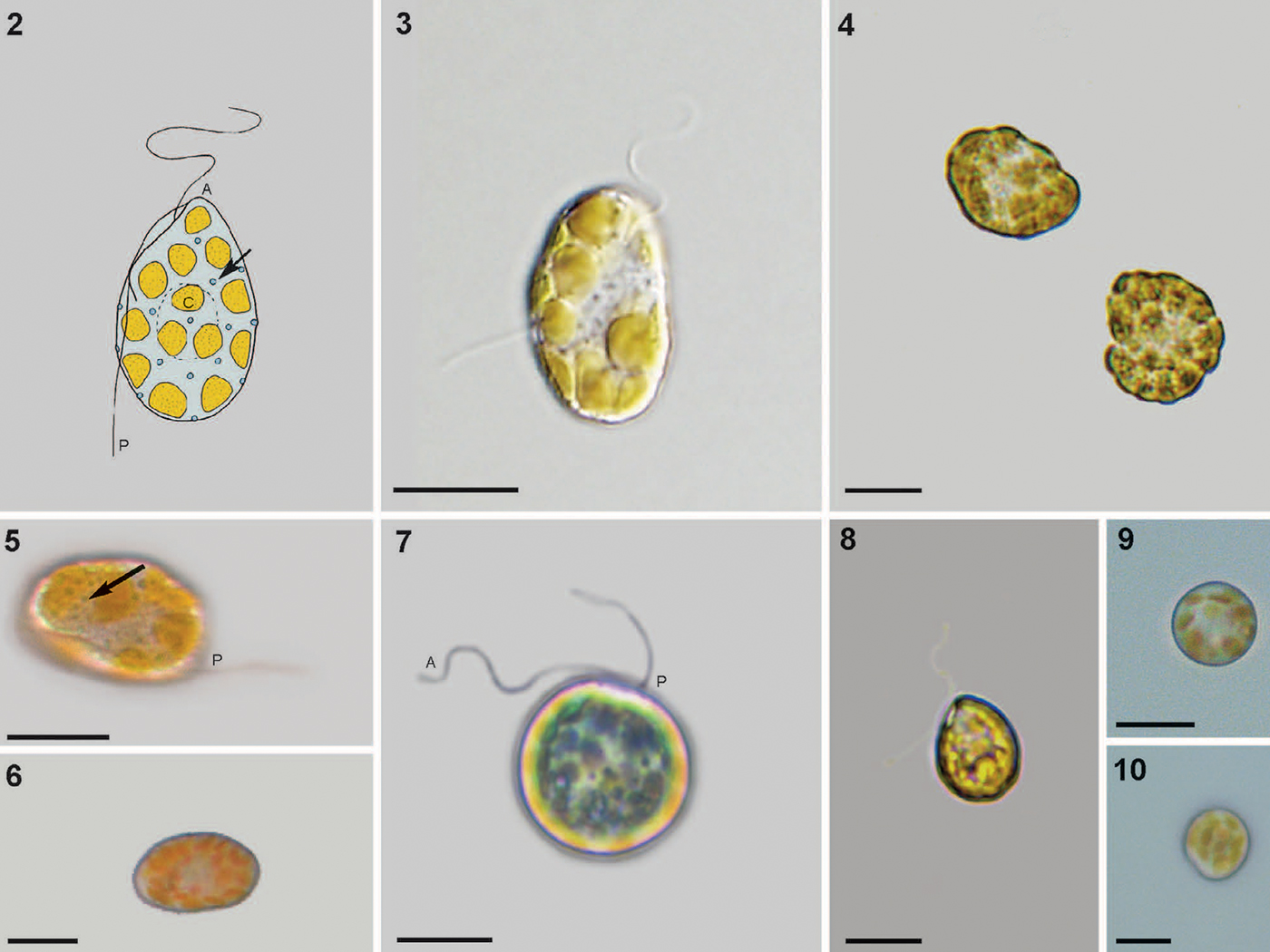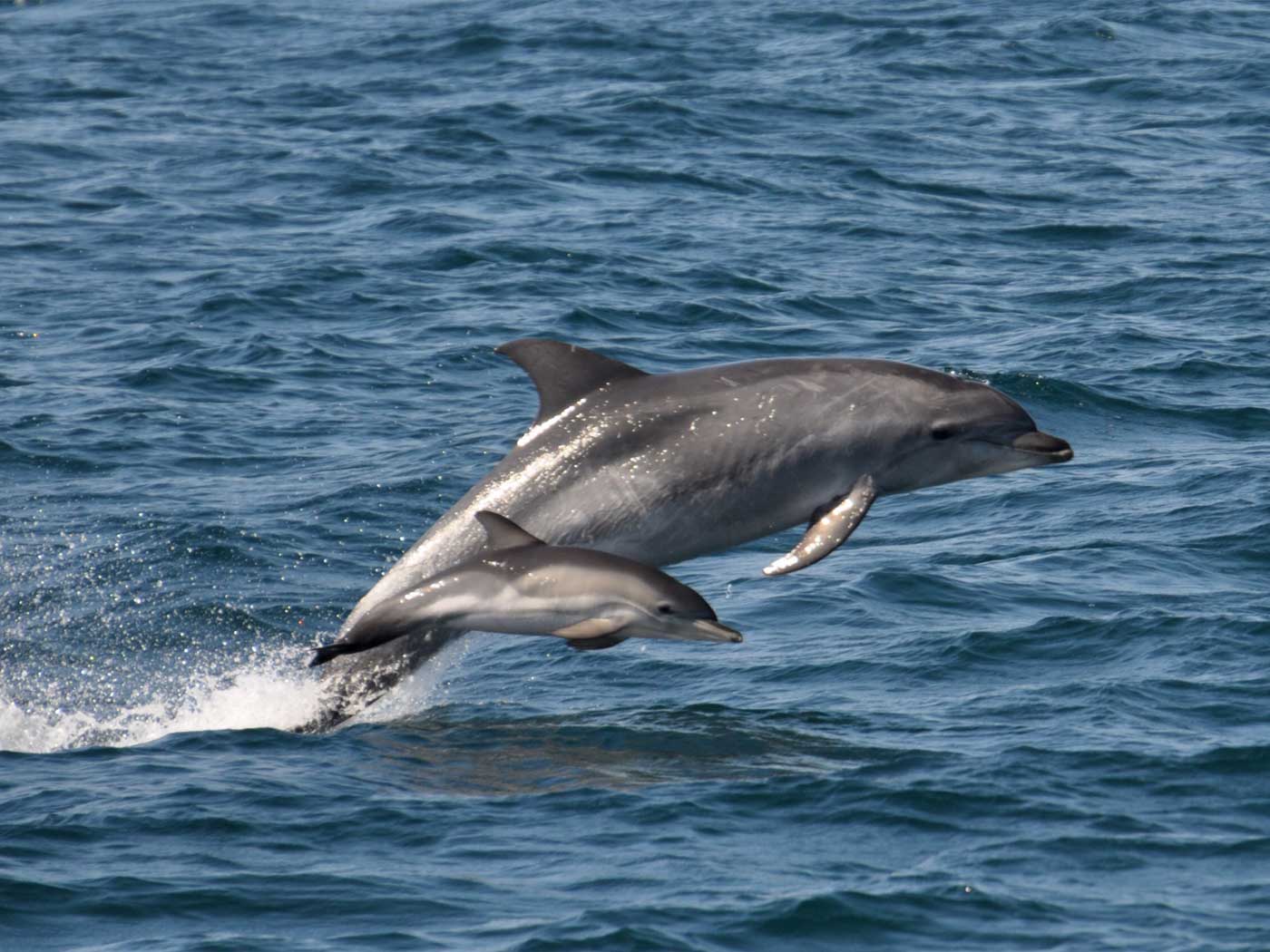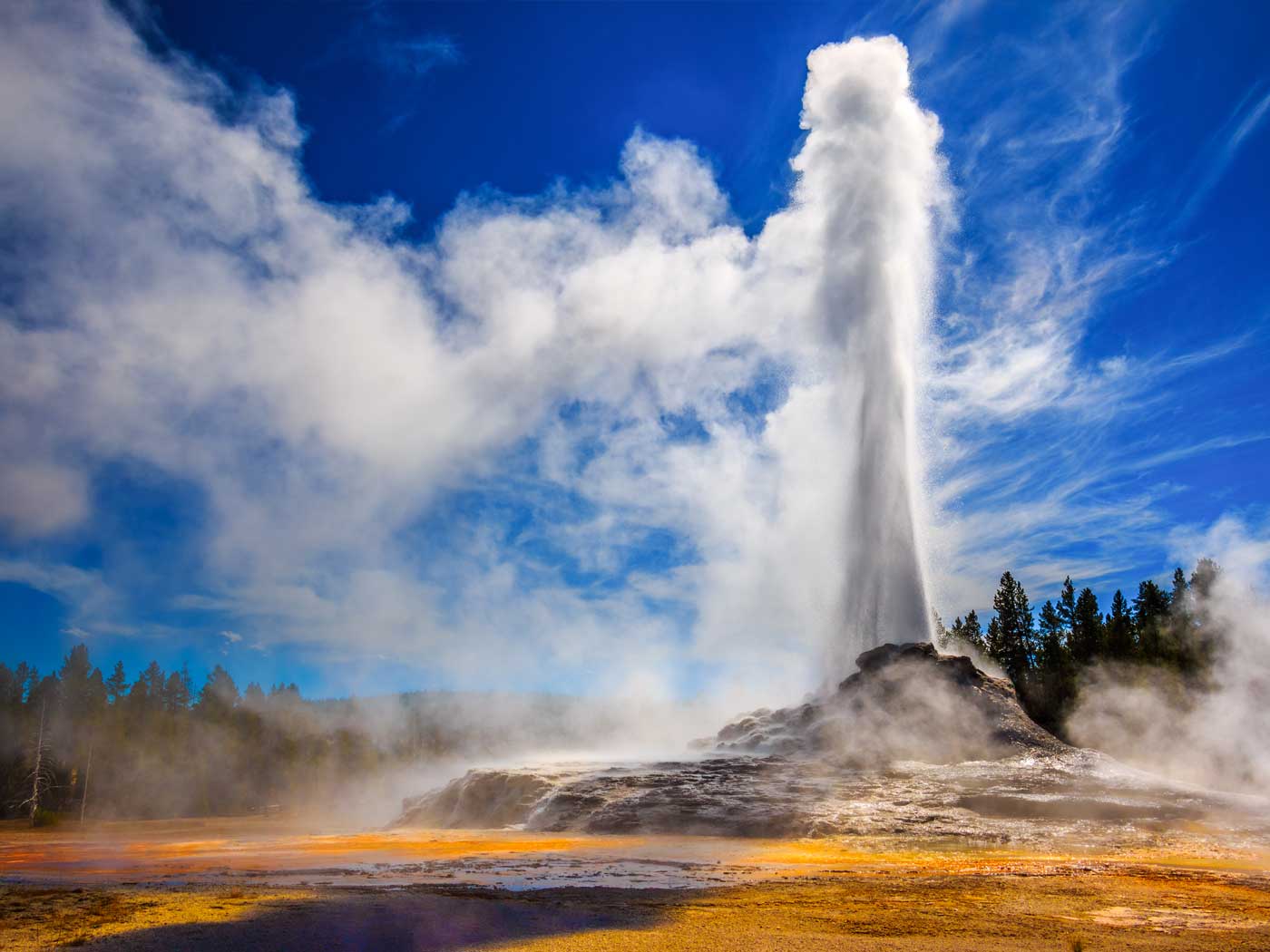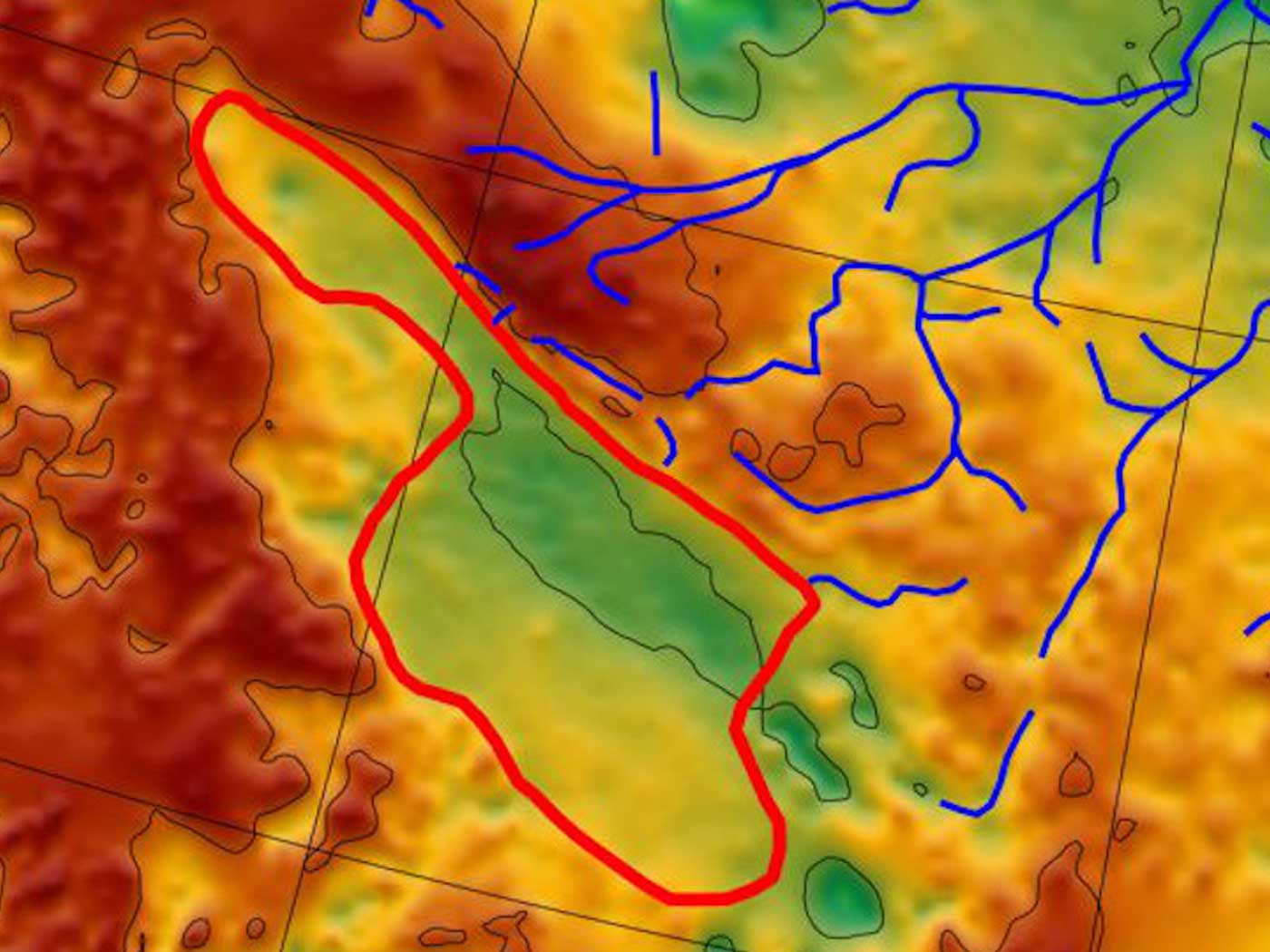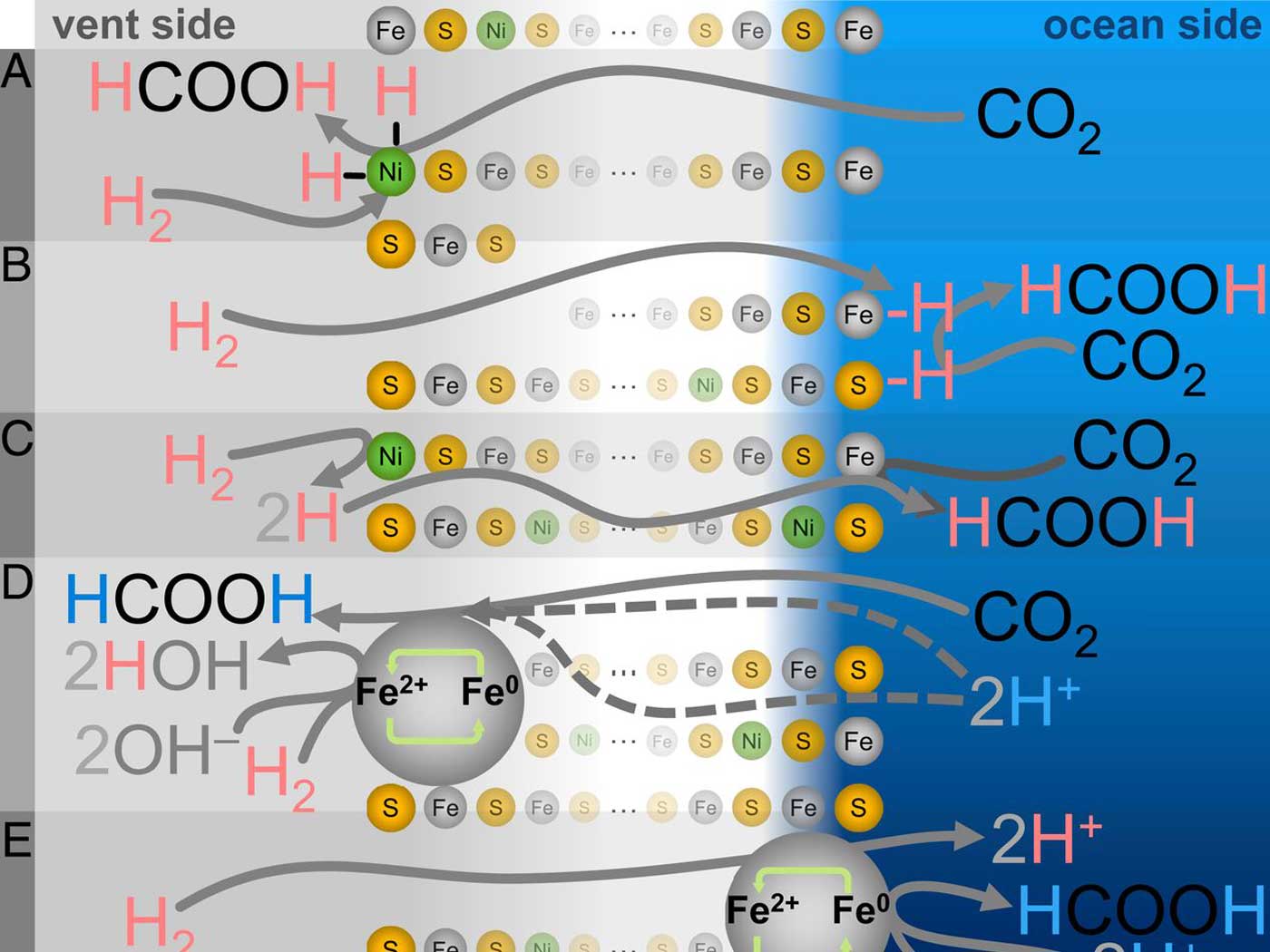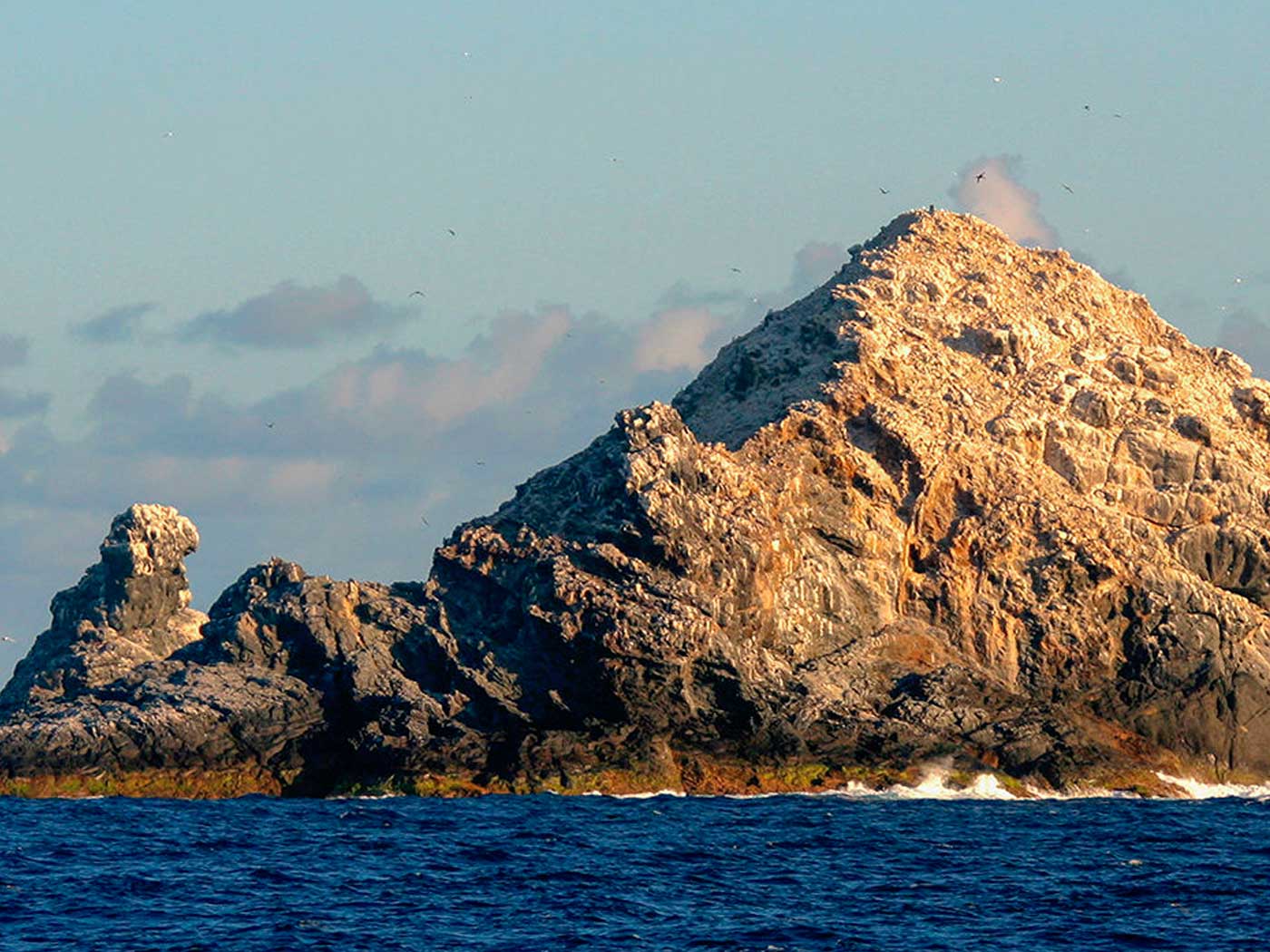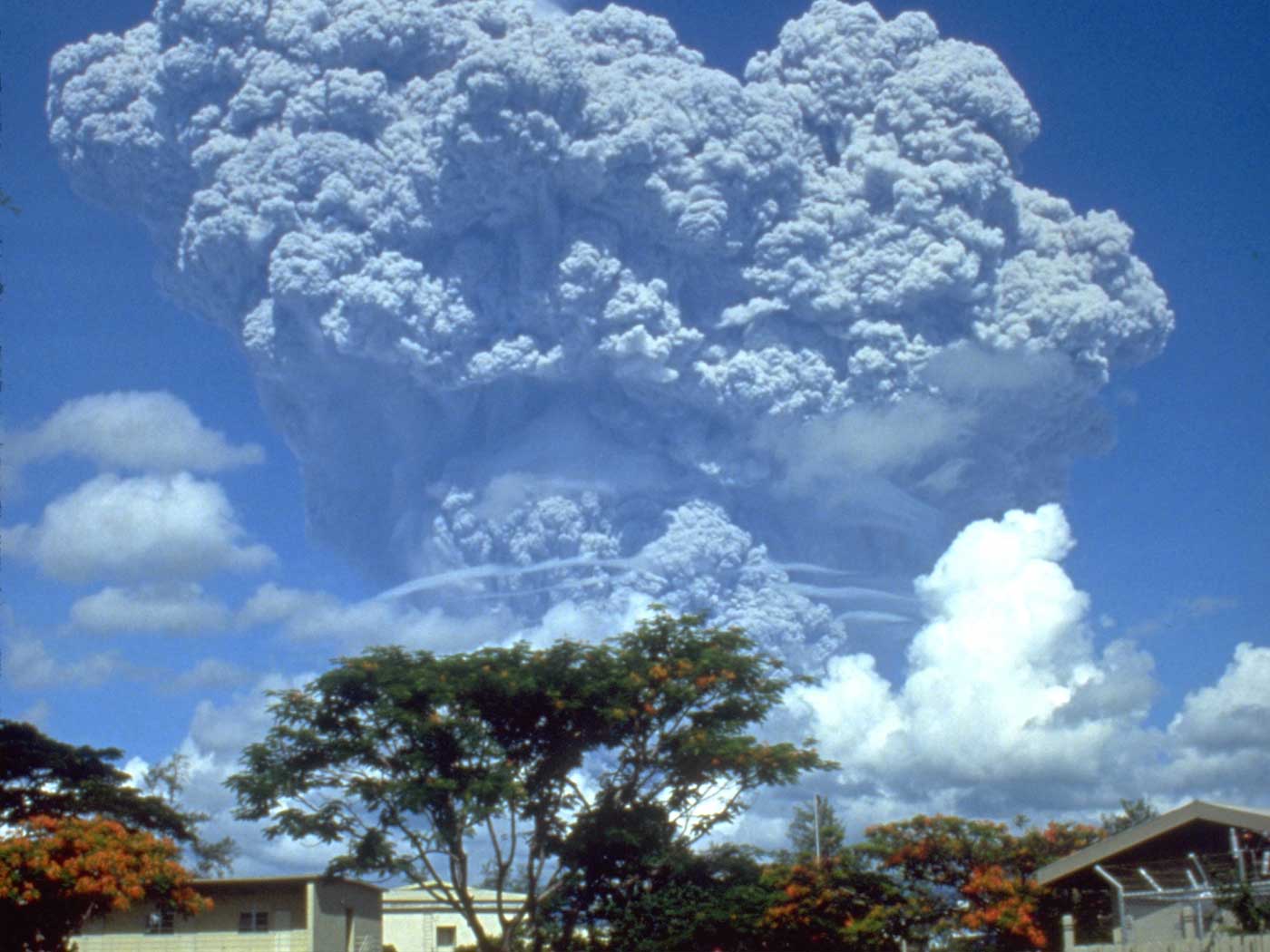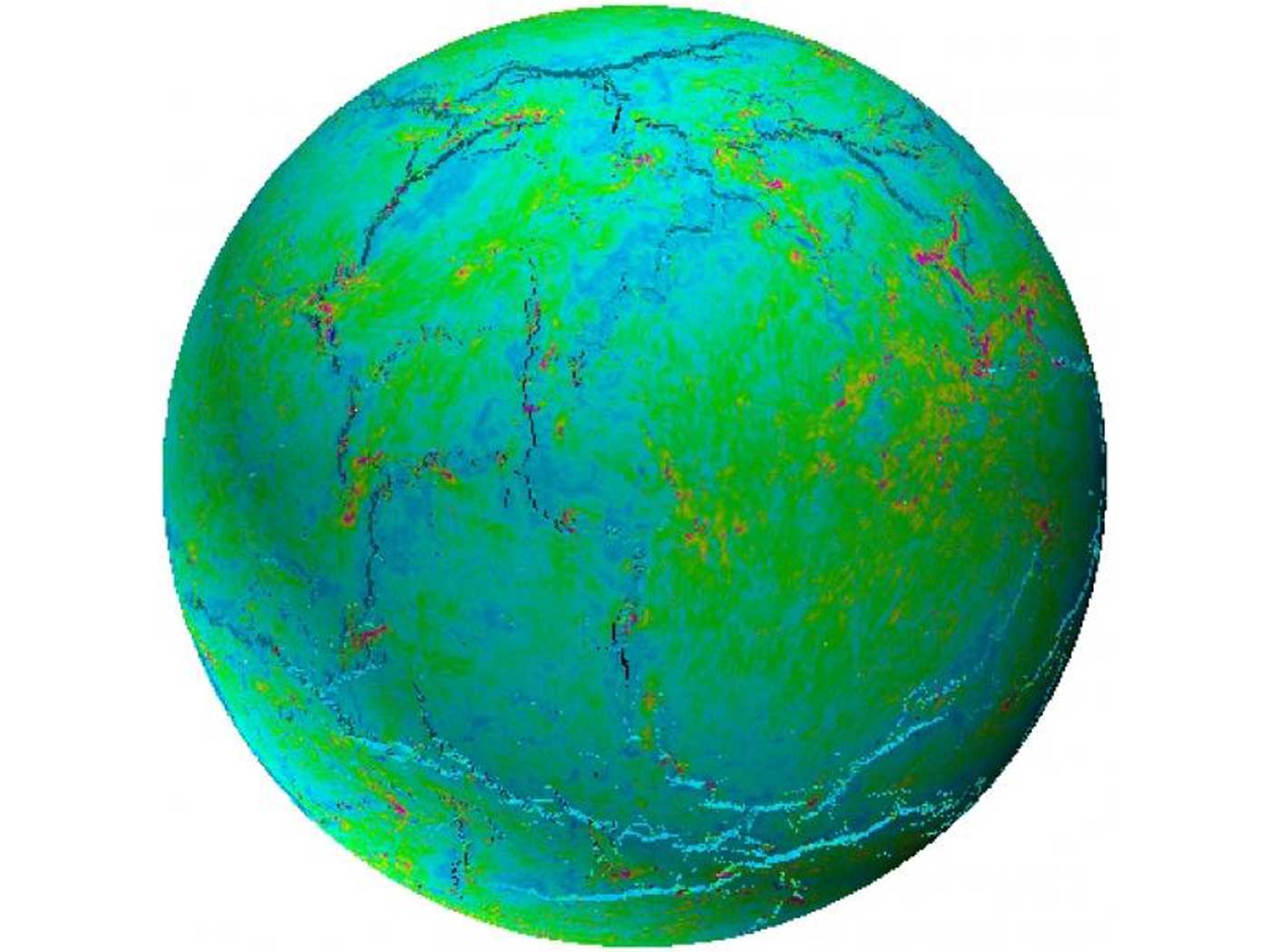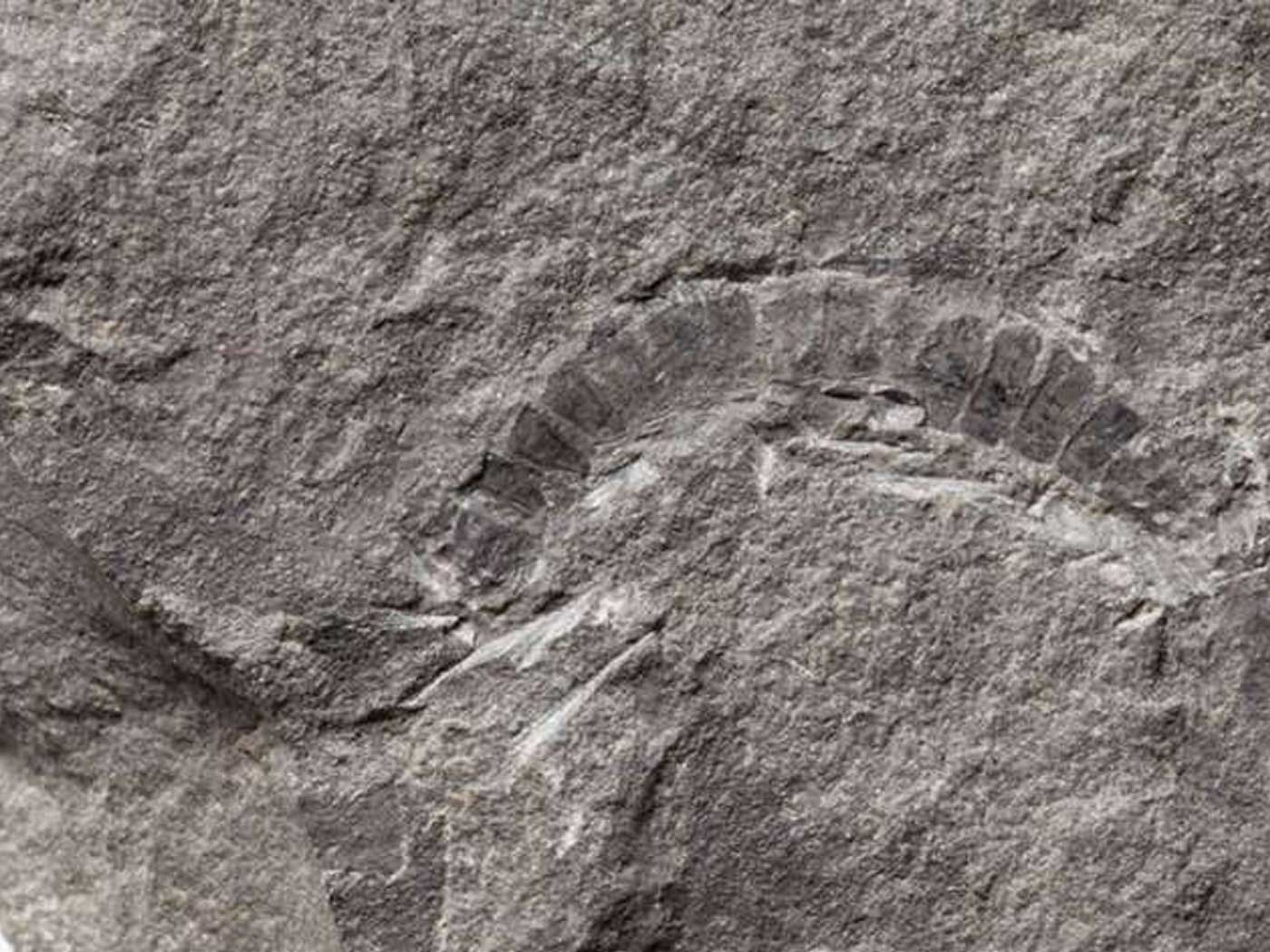Doyeon Kim from the University of Maryland and his colleagues analyzed over 6,000 shear (S-waves) waves from earthquakes deeper than 200 km and greater than magnitude 6.5.1 Shear waves were chosen because the sample large areas of the lower mantle.1
The science team found several large structures near the mantle-core boundary about 2,900 km (1,800 miles) below the surface. Each structure was identified because it had an ultra-low velocity, compared to the surrounding rock that deep in the mantle.
The largest structure was found beneath the Marquesas Islands in the South Pacific Ocean.2 This feature was about 1,000 km (610 miles) wide and about 25 km (15.5 miles) thick. Another was found beneath the Hawaiian Islands that is larger than previously thought.2 This structure may be the source area for the plume for the Hawaiian hot spot. This plume left a trail of volcanism across the Pacific as the tectonic plate moved over the top of the plume.
The science team concluded,
Our analysis revealed loud signals due to a plume root beneath Hawaii and a previously unrecognized ultralow-velocity zone beneath the Marquesas Islands. These observations illustrate how approaches flexible enough to detect robust patterns with little to no user supervision can reveal distinctive insights into the deep Earth.1
What are these low velocity structures? Donna Lu, science writer for NewScientist wrote,
These structures are called ULV [ultra-low velocity] zones because seismic waves pass through them at slower velocities, but what they are made of is still a mystery. They might be chemically distinct from Earth’s iron–nickel alloy core and silicate rock mantle, or have different thermal properties.
In other words, no one seems to know exactly why these low velocity structures exist. It’s possible these structures are massive, slightly melted zones deep in the mantle. That could explain the lower velocity. It could be that these are the remnants of oceanic plates that were rapidly subducted into the mantle all the way to the core. The trapped water within the subducted slabs would lower the melting point of the rock and produce a partial melt which would slow the shear-wave velocities. This same process slows the seismic waves in the asthenosphere in the upper mantle.
In the past, creation geophysicists have used evidence of higher-velocity wave propagation through colder and more dense plates in the mantle as evidence for runaway subduction.3 Secular scientists have no adequate explanation for these subducted “cold” slabs. If the slabs are really many millions of years old, then they should not be thousands of degrees colder than the surrounding hotter mantle. Slow plate movement rates would give time for the subducted plate to assimilate to its surroundings.
Creation geophysicist John Baumgardner explained,
This represents a major problem for the conventional earth science community, since at present subduction speeds, it requires some 50-100 million years for subducted material from the earth’s surface to reach the base of the mantle. During such a time interval the subducted rock would lose most of its temperature contrast with the surrounding mantle. Therefore, there has been a concerted effort to account for most of the seismic wave speed difference in terms of difference in chemical composition. However, in my opinion all these attempts are highly contrived. The most straightforward explanation is that the contrast in seismic wave speeds reflects a temperature difference. If indeed that is correct, it represents powerful support for a recent episode of catastrophic plate tectonics involving runaway transport of large amounts of cold rock from the earth’s surface and upper mantle to the base of the lower mantle.4
These newly discovered structures just above the core-mantle boundary may simply be the fate of these rapidly subducted plates as the reach the core boundary, causing the surrounding region to partially melt. And these structures may be the origins for the massive, low-density plumes of mantle that rise toward the surface. And ultimately explain the volcanism at hot spots like Hawaii.
The Flood caused a lot of upheaval at the Earth’s surface, but it also appears to have made lasting effects on the mantle too, right down to the core. The Flood was much more massive than most people seem to think.
Stage image: Marquesas Islands.
Stage image credit: Michael Runkel / Alamy. Copyright © 2020. Adapted for use in accordance with federal copyright (fair use doctrine) law. Usage by ICR does not imply endorsement of copyright holders.
References
1. Kim, D., et al. 2020. Sequencing seismograms: A panoptic view of scattering in the core-mantle boundary region. Science. 368: 1223-1228.
2. Lu, D. 2020. Seismic waves reveal giant structures deep beneath the Earth’s surface. NewScientist. Posted on newscientist.com June 11, 2020, accessed June 15, 2020.
3. Baumgardner, J. 1994. Runaway Subduction as the Driving Mechanism for the Genesis Flood. In Proceedings of the Third International Conference on Creationism. R. Walsh, ed. Pittsburgh, PA: Creation Science Fellowship Inc., 63-75.
4. Baumgardner, J. R. 2015. Noah’s Flood: The Key to the Correct Interpretation of Earth History. Southern California Seminary. Posted on socalsem.edu August 9, 2015, accessed June 16, 2020.
*Dr. Clarey is Research Associate at the Institute for Creation Research and earned his doctorate in geology from Western Michigan University.




